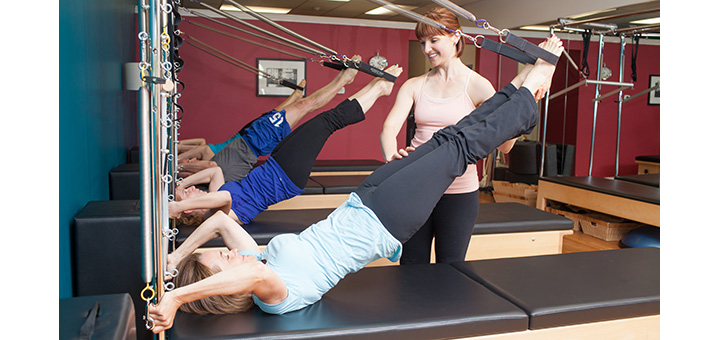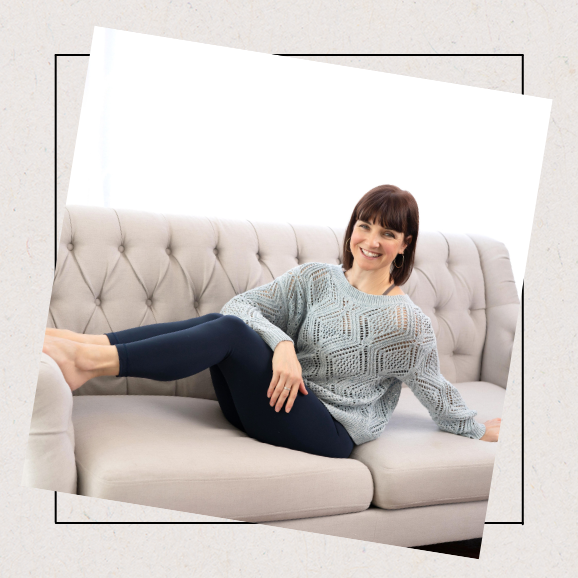
Pilates Defined
Pilates helps to strengthen and tone the body safely and with consistently evolving results. The guiding principles of Pilates are: Whole Body Health, Whole Body Commitment, and Breath. The movement principles of Pilates consist of breathing, balanced muscle development, concentration, control, centering, precision, and rhythm.
History
“Physical fitness is the first requisite of happiness. Our interpretation of physical fitness is the attainment and maintenance of a uniformly developed body with a sound mind, fully capable of naturally, easily, and satisfactorily performing our many and varied daily tasks with spontaneous zest and pleasure.”
~ Joseph H. Pilates
Although it has gained the attention of the mainstream fitness world in just the last 10 years, Pilates has been strengthening and lengthening bodies for much longer. In 1926, German athlete Joseph H. Pilates opened a fitness studio in New York City after creating a unique method of exercise where he attached springs to hospital bed frames to rehabilitate his fellow internees during WWI.
Initially, these exercises, which helped to improve balance, strength, control, breathing, and a strong abdomen, were utilized by well-known professional dancers such as George Balanchine and Martha Graham. Pilates has since become the preferred form of exercise for major celebrities, professional athletes, and the average person just trying to stay fit. Using over 500 exercises on the mat and/or spring loaded apparatus, Pilates strengthens weak muscles and lengthens tight ones to create complete balance within the body – regardless of someone’s age or physical condition.
The Pilates Method of Body Conditioning
- Tones and strengthens core muscle groups, in particular the core.
- Improves posture and balance; focus on proper alignment.
- Heightens body awareness.
- Increases flexibility and range of motion.
- Prevents injury; decreases back, neck and joint pain.
- Creates ease of movement in everyday life.
Pilates differs from traditional strength training in that it utilizes multiple muscle groups simultaneously, versus focusing on one group. The core, or “powerhouse” as Joseph Pilates referred to it (the muscles from underneath the shoulder blades and around the ribcage to the hips and pelvis) are always engaged in tandem with other arm or leg muscles, which creates stability and a strong foundation. The correct alignment principles taught by Pilates will only improve any strength training routine.
Pilates can also be used to supplement an existing exercise regimen of strength training or cardiovascular routine, and optimal results can be realized by adding sessions twice a week. Pilates is ideal for toning, and does not stress the cardiovascular system. Through this toning, Pilates will change the shape of the body as you lose inches and stand taller. The sessions can consist of equipment or mat, private or group lessons- the key is the consistency of practice.
“I am in my 6th decade and have been taking private classes at Pilates Defined consistently for the past two years. The workouts are strenuous and rival any I endured in my collegiate athletic career. I work out once a week, most weeks of the year and it complements my additional swimming and strength workouts. Pilates has helped me be competitive in local, regional and national masters swimming competitions. Jessica has fostered a caring, vibrant set of instructors. Especially Ms. Cynthia Frelund who is able to work with me ‘where I am’ which has led to a change in how I approach a challenge; from what might have been called, an overzealous and noisy approach to now more peacefulness and controlled. My Pilates training has helped me change the way I approach the rest of my life!”Doug

